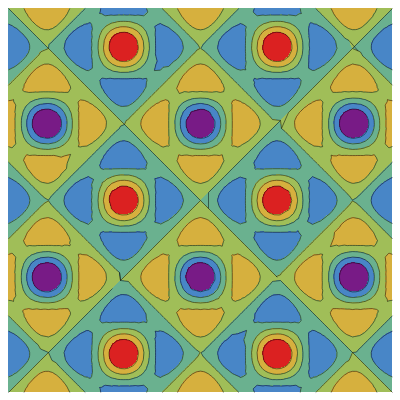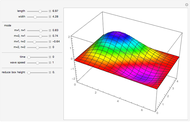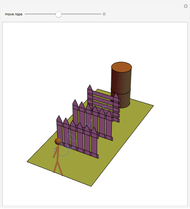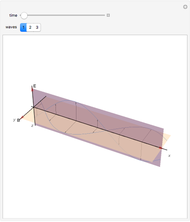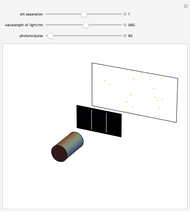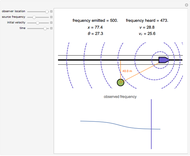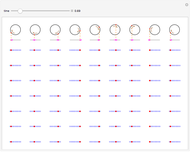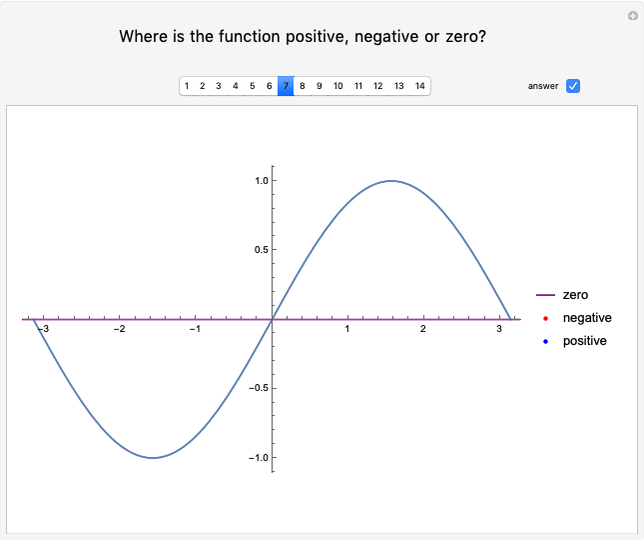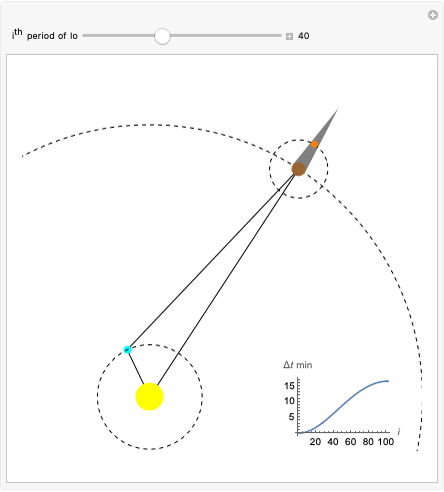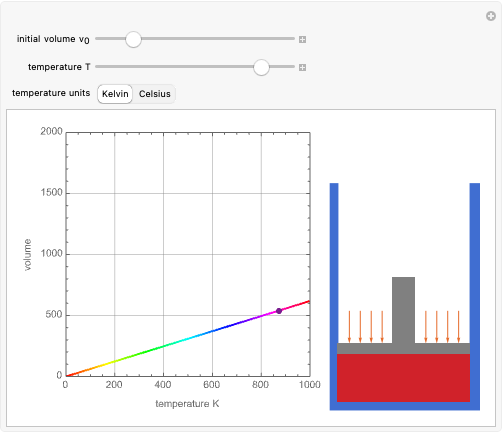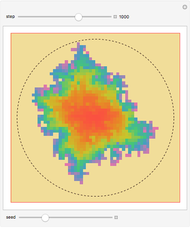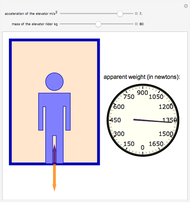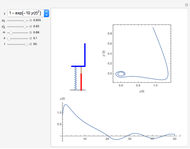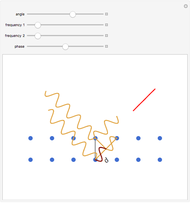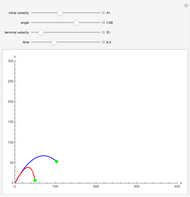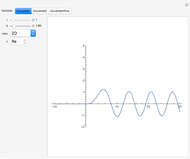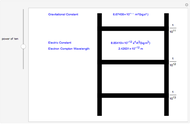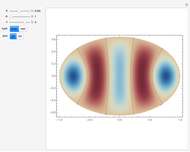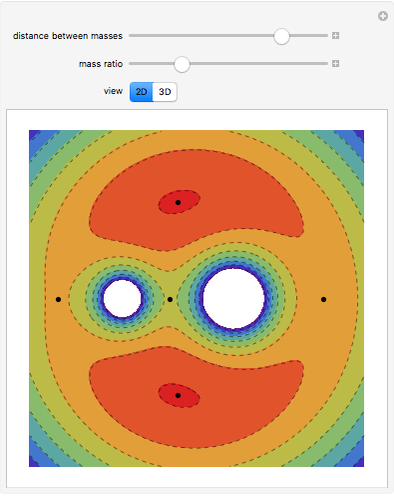Chladni Figures

Requires a Wolfram Notebook System
Interact on desktop, mobile and cloud with the free Wolfram Player or other Wolfram Language products.
Chladni figures are wavy lines produced by scattered salt or sand on an elastic material of a given shape, possibly constrained at the edges or at a point in the center, and forced to vibrate with a violin bow. The modes of vibration can be identified because these small particles end up in the places of zero vibration, which happens at those parts of the surface that are stationary, namely at the nodes of vibration, where  harmonics cancel. In the case of 3D images, the surfaces result from having three orthogonal harmonics that are periodic outside the domain shown.
harmonics cancel. In the case of 3D images, the surfaces result from having three orthogonal harmonics that are periodic outside the domain shown.
Contributed by: Enrique Zeleny (December 2008)
Open content licensed under CC BY-NC-SA
Snapshots
Details
For the 2D solution, the following condition holds

for integer values  and
and  . The solution is uninteresting for
. The solution is uninteresting for  ; for
; for  , notice that the plots are the same.
, notice that the plots are the same.
In the case of 3D solutions,
 ,
,
with

and for the circular membrane
 ,
,
where  is the
is the  zero of the Bessel function of order
zero of the Bessel function of order  ;
;  is the Bessel function of the first kind and the radius is equal to 1.
is the Bessel function of the first kind and the radius is equal to 1.
Reference
[1] i09. "The most incredible thing you'll watch today is this video of sand." (Jul 15, 2013) http://io9.com/the-most-incredible-thing-youll-watch-today-is-this-vi-511739457?utm_source=June.
Permanent Citation
